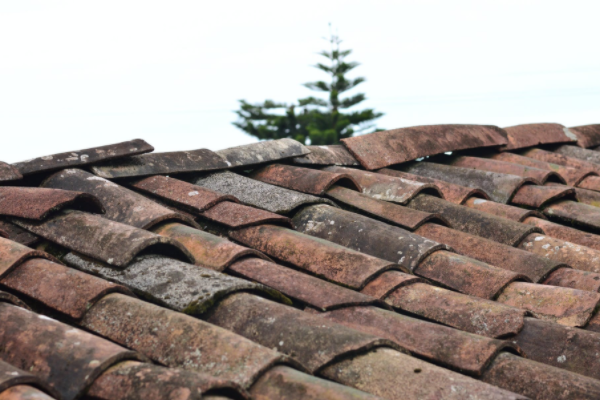 Most homeowners only ever think about their roof after a major storm causes obvious damage, like missing shingles or fallen branches. The truth is, however, every roof will need to be replaced at some point, even if the signs of deterioration are not so obvious.
Most homeowners only ever think about their roof after a major storm causes obvious damage, like missing shingles or fallen branches. The truth is, however, every roof will need to be replaced at some point, even if the signs of deterioration are not so obvious.
When the time comes, you may be intimidated by the cost and the time-consuming process that getting a new roof can be but understanding when and why your roof needs to be replaces and how to go about doing it can help make you feel more comfortable when the time comes.
When to Replace
A good rule of thumb is that most roofs are likely due to be replaced between 25 and 30 years of life. You can see that most older roofs have begun to lose the granules that make up the shingle and will begin to crack and curl. You may even notice missing shingles, or shingles that have been damaged by hail or falling debris. It is important to have your roof inspected every few years, because while it may not look like it needs to be replaced from the ground, a roofing professional will know if it is time to replace. Replacing before water damage starts can save you a ton of time and money.
The First Steps
The first thing you will need to figure out when looking to replace your roof, is who are you going to choose to trust with the roof over you and your family’s heads. You should make sure to get quotes and estimates from several different contractors and decide who you feel best suits your needs, and who you feel you can trust to treat you right, and make sure the job gets done properly.
The Tear Off
The first step to replacing a roof is to tear the existing roof off to expose the roof decking, so you can not only get a fresh start, but to inspect the existing roof decking for any rot or mold, and make sure that is addressed before proceeding to ensure the integrity and longevity of your new roof system.
The roof tear if is usually a very messy process, and so your roofing contractor will likely cover your property with tarps to help protect it from falling debris, and to make cleanup easier.
Flashing
Once the existing roof is removed, the roof flashing will be exposed. These small pieces of metal are there to make sure that any penetration points on your roof are protected from leaking. They create a water tight seal to prevent water from seeping in to the joints or cracks.
It is quite common for roofing contractors to simply leave the existing flashing where it is to help save time and costs. This can be a costly mistake for you as the homeowner down the line. Flashing has a finite life, and by the time your roof needs to be replaced, it is very likely that your flashing will not last much longer.
Another common practice for roofing contractors is to seal the flashing with caulk because it is a quick and easy fix. However, this is one of the most common causes of roof leaks in temperate climates. Caulk is not able to withstand more than a few years of exposure to the heat and cold of freezing and thawing. This leads to cracks In the caulk, which leads to leaks on your roof.
This is why the Louisville roofers, Deer Park Roofing not only replace all flashing with every roof replacement, they also solder the joints of the flashing, permanently bonding the metal together, and guaranteeing the integrity of the seal.
Underlayment
One of the most important part of a reliable roof system is the underlayment. This is the material that is placed underneath of the shingles on your roof. Most used now is synthetic felt material.
A shingle roof system is not actually a waterproof system, it is a water shedding system. This means that not 100% of the water will be shed from your roof and some will seep in. This is where the underlayment is important, to keep the water from soaking into your roof any further.
Another important piece of underlayment is something called ice and water shield. This is placed at the bottom edge of the roof to combat the possibility of ice building up in the gutters and working back up onto the roof and melting causing leaks. The ice and water shield are a very hardy underlayment that can stand up to the damage ice dams could cause.
Conclusion
There is a lot that goes into replacing your roof, but choosing the right roofing contractor, and learning as much as you can about your roof system can help you tremendously on this kind of project. After all, the most important piece of your home when it comes to protecting you and your family is the roof over your head.
Become a Harlem Insider!
By submitting this form, you are consenting to receive marketing emails from: . You can revoke your consent to receive emails at any time by using the SafeUnsubscribe® link, found at the bottom of every email. Emails are serviced by Constant Contact








